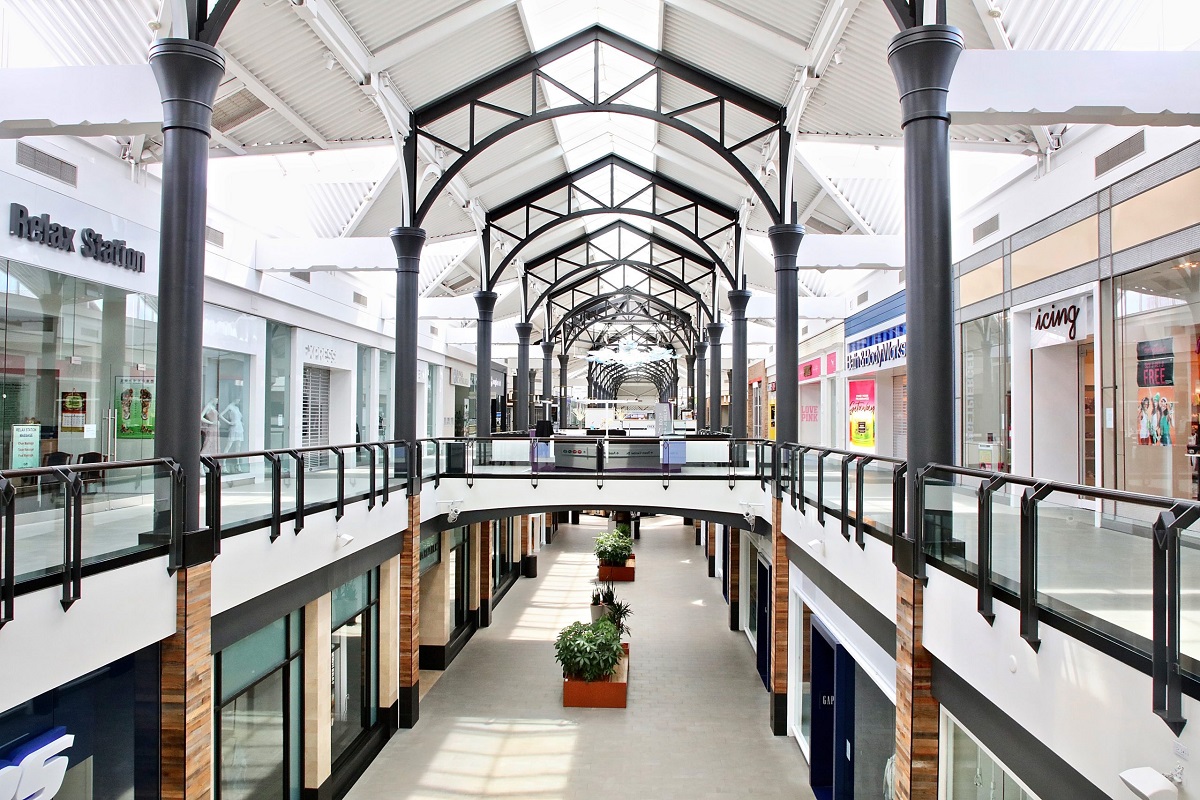What Are Malls to Do?
We can all safely agree that malls represent one of the real estate industry’s biggest challenges. But they also represent a great opportunity.
Three years ago, way before COVID and the ultimate shutdown of brick-and-mortar retail, I was already talking about the future of malls. I had this to say: “A dying mall can absolutely create an economic hole in the center of a small town or suburb that once relied on its vibrancy for tax income and as a social gathering place.”
Fast-forward three years, and this still rings 100 percent true. That’s why dying malls demand our focus. The only thing that’s changed is now more malls are in trouble. Even owners of the best malls must consider how they adapt to a post-COVID and growing e-commerce world.
The State of U.S. Malls
According to The Robin Report article “The Reimagining the 21st Century Mall,” the numbers don’t look good. The articles claims that due to COVID and the growth of online shopping that “25 percent of enclosed malls are likely to close in the next five years.” Another startling statistic reveals “a record 25,000 store closures were expected in 2020 with 55% to 60% of those in American malls.”
These numbers are grim, but of course, CRE professionals (being eternal optimists) remain positive about mall reincarnations. Some of the quotes in a recent ICSC article on the topic go something like this: “malls can become highly productive mixed-use developments…” or “malls represent excellent repositioning opportunities!” and another “malls have a vast capacity for evolution…”
How to Re-Envision Malls
As history has shown us, often with disruption (which undoubtedly the last year has presented) comes great periods of intense creativity. Honestly, that is just what it is going to take to revive our suffering mall situation. Given the size and strategic locations of malls and their impact on local economies, exactly how malls are re-positioned is paramount.
The Robin Report puts forth four blueprints for the potential re-imagining of the mall:
- Context-Specific Retro-Fit: Retro-fit mall to be responsive to market context and create “lifestyle community destinations”
- New Community Hub: Create a suburban village, with civic, residential, and commercial amenities, similar to an urban downtown
- Complete Evolution: Tear it down and begin again, the most radical (and probably most expensive) option
- New Business Model: Re-think your old retail business model to develop a “truly unique destination”
These are viable ideas. Another favorite of mine is conversion to corporate centers, like the recent acquisition of Cary Towne Center in NC by Fortnite maker Epic Games to create a headquarter campus. Conversion to warehousing is another in vogue option (but not always feasible), and suffering malls have even been converted to upscale retirement complexes, according to the New York Times. Others replaced department store wings with hotels, multifamily and restaurant components.
Another Robin Report article points to two impressive mall transformations as examples of this transition done well: Liberty Center in Ohio and Union Market in Washington, DC.
It Ain’t Going to Be Easy
These transformations will be an extremely heavy lift for any mall owner, investor, developer, or government official. And where’s the money going to come from?
This ICSC article quotes Data Solutions Principal Terry Munoz: “Finding alternative uses will be the trend in retail. The question will be the financial impact nonretail use cases will have on the long-term value of the asset…”
And other challenges—outside of the huge financial ones—abound. In the Wall Street Journal article “Developers Struggle in Their Efforts to Rethink Malls,” real estate reporter Esther Fung argues the list of challenges is long: repurposing a mall is expensive; redevelopment requires rezoning, and entitlement permits; owners may own the mall, but not department stores; and many conversions have gone wrong.
Because of these challenges, most mall redevelopment will require a public-private partnership. A Bisnow article looks specifically at this idea when reporting on Gwinnett County’s recent purchase of Gwinnett Place Mall in Atlanta. Examples of public-private partnerships that have transformed underutilized malls into thriving community hubs include Denver’s Belmar and City Centre in Houston.
The Future of Some Atlanta Malls
This conversation about malls is not over.
In my next blog, I’ll look specifically at the future of struggling malls in the Atlanta area, including the aforementioned Gwinnet Place Mall, Alpharetta’s North Point Mall, and Greenbriar Mall in South Atlanta. Stay tuned.



